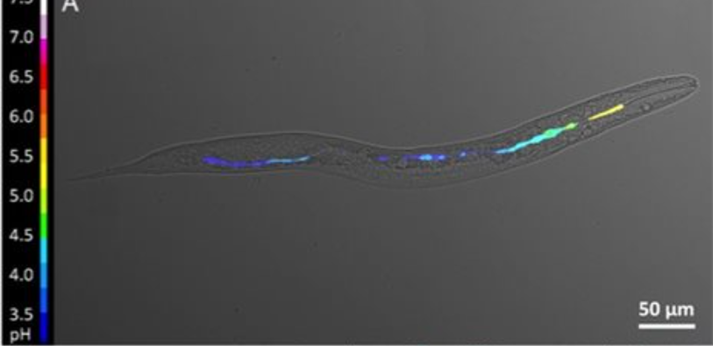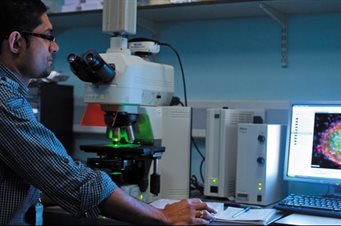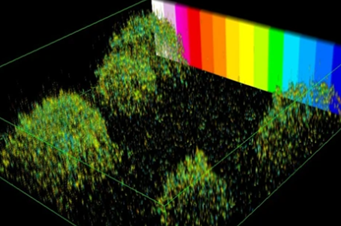Nanosensing

Using optical nanosensors, we can design, develop and implement miniaturized analytical devices which can measure biological samples in-situ and in real-time, generating a better understanding of disease states. They use the sensitivity of fluorescence to make quantitative measurements inside living cells.

Optical nanosensors
The nanosensor devices are small enough to be inserted into living cells with minimum perturbation and enable real-time changes in small molecule concentrations in single cells to be detected using a super-resolution microscope.
Advantages over fluorescence dye-based methods
Their advantages over widely used fluorescence dye-based methods include:
- Protection of the sensing component from interfering species within the intracellular environment
- Protection of the intracellular environment from any toxic effects of the sensing component
- They can be imaged and quantified using standard technologies used in life science research
Experts
Professor Jon Aylott
Dr Veeren Chauhan

Measurement capabilities
We manufacture nanosensors capable of measuring
- glucose
- oxygen
- calcium
- zinc
- pH
Work is ongoing to widen the range of analytes that can be detected using this technology.
Our high quality pH sensors are used by our industrial collaborators in their research and are capable of sensing cancer due to its lower pH.
We are now developing strategies for routinely delivering nanosensors to large numbers of living cells in a controllable manner.
Find out more about our nanosensing facilities with ISAC centre of excellence in surface and interface analytics